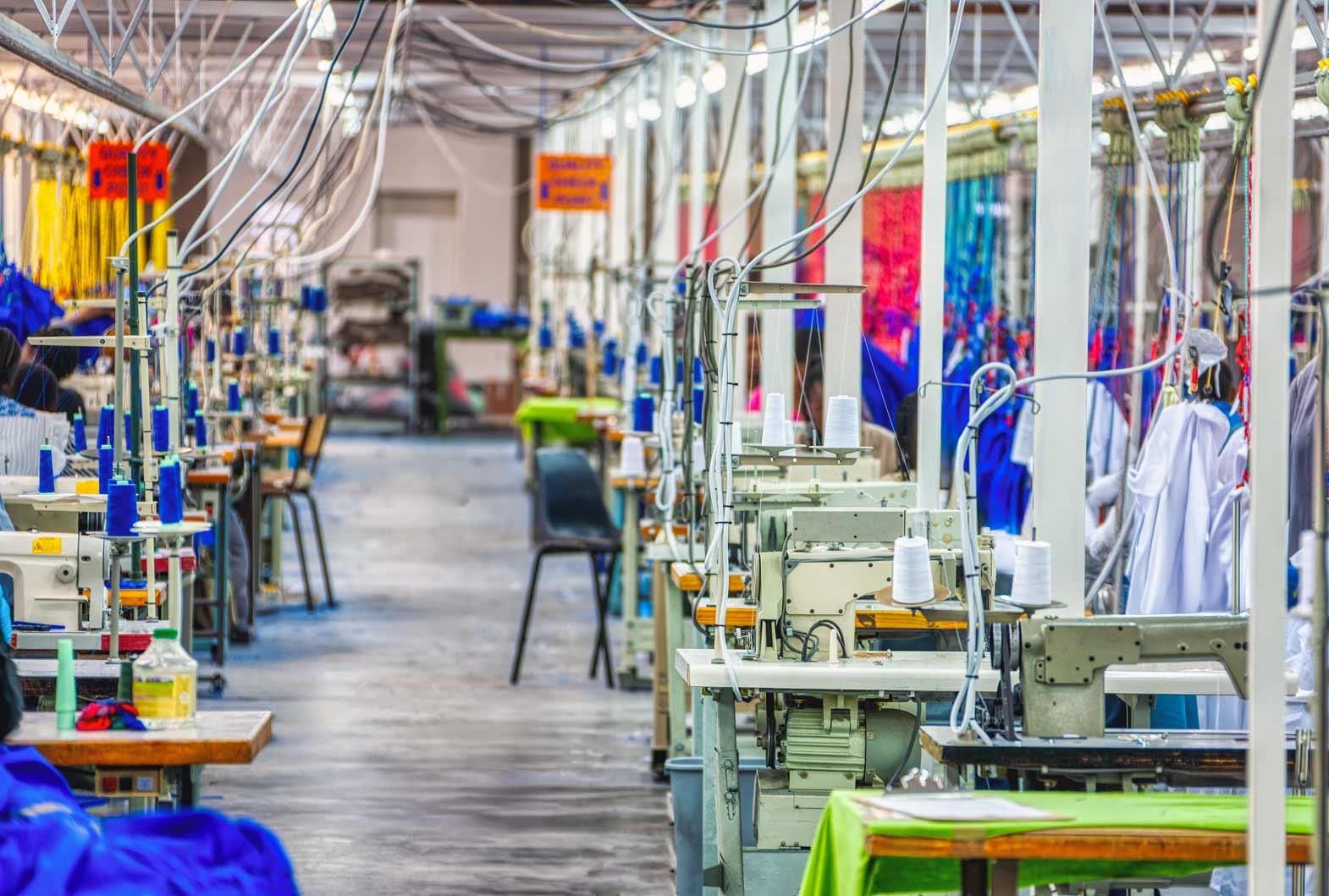Cape Town, the provincial capital of the Western Cape, was popular till the late 1980s for its textile and clothing manufacturing. However, once cheap imports from Asia were allowed to flood the market, many of the clothing factories closed. Cape Town became a shadow of itself as the South African fashion industry struggled for years to revive closed factories and make fashion profitable again for local manufacturers.
In spite of all the troubles that South Africa's clothing industry faced, it contributed 8 per cent through the clothing, textiles, footwear, and leather (CTFL) industry in 2013. Cape Town is leading the resurgence by building itself up as a design capital for the country. The city has been awarded 'the World Design Capital 2014' by the International Council of Societies of Industrial Design. The South African Clothing and Textile Workers' Union (SACTWU) is also driving change. Some companies are making a difference as they have recognized the need to create sustainable models in the industry.
It is often said that the story of Cape Town's textile and clothing industry is also the story of its women. This saying remains true even today, as workers in the industry are still predominantly women. But something has changed; Cape Town is not only emerging as a design capital and a manufacturing hub. It is bringing with it a refreshing difference from the sweatshop environment where workers received meager payments; now it has safe working places and companies that understand how important workers' welfare is to productivity. SACTWU, which has 70-80 per cent of garment workers in the southern African country, is doing its best to negotiate good working conditions for the workers.
It also has a local policy that promotes 'Made in South Africa clothing' through shops. To further make these locally made apparels visible, the union organizes 'Spring Queen Pageant' which displays model garments made by workers. The aim of the pageant, which has been on for 25 years now, is to support and buy locally manufactured apparels and also create awareness. SACTWU is doing its best to represent the interest of garment workers in South Africa. The Cape Town Fashion Council (CTFC), a group that represents 300 designers nationwide, is firing up from the design capital, where the emphasis is on production quality.
Factories now think about producing garments ethically before any other thing. There is also a great resolve by designers to not only win back a significant market share that had been stolen by foreign goods, but to also create something that is locally produced to empower people. Designer, Zaid Philander, founder of sustainable accessories brand 'I Scream & Red' is a real Capetoninan whose family history and that of the garment industry coincides in several ways. But determined to make a change and ensure people have jobs, he employs several people with disabilities. They use adapted sewing machines to make very innovative designs. The company has made several fashion products from recycled materials.
However, for Philander, there is more to environmental-friendly fashion than just recycling old materials to make wearable designs; providing jobs is very important. Not just that, ensuring workers are not forced to work in sweatshop is important for strengthening the fashion industry in Cape Town and South Africa. "I believe that it is the worker who comes first, then your product is made and then everything else falls into place," he told UK's The Guardian recently.
CTFC CEO Bryan Ramkilawan shares similar sentiments. "We produce in an ethical way; we are not producing in a sweatshop environment." The K-Way factory in Cape Town is reaping the fruits of following ethical fashion. Productivity has improved from 40 per cent in 2004, to 120 per cent in 2014. This was achieved by investing in workers through training, development and recognition. Although, the company improved its facilities, K-Way claims the biggest difference came from its investment in people.
With each bold step by some companies and associations like SACTWU and CTFC, the future is looking brighter for South Africa's fashion industry. "The contraction of the industry has for the most part slowed and factory closures are declining," notes Mike Morris, a professor of Economics at the University of Cape Town. He added that the proliferation of 'fast fashion' had called for flexibility. If local manufacturers would continue to increase productivity like K-Way did, the domestic market will grow substantially.
If things continue this way, a time will soon come when it would no longer matter how cheap imports from China are, as consumers would prefer clothing made locally under good conditions. But manufacturers must ensure that the pricing of their products is competitive enough. Retailers play a key role in the clothing industry as they ensure the finished apparel gets to the final consumer and they decide where to buy their goods according to profit and cost calculations. Therefore, factories that would offer the best products made in good conditions, yet not too expensive will thrive better.
The government is also working to revive the industry, setting up a rescue plan called the Clothing and Textiles Competitiveness Programme (CTCP) in 2009, which was aimed at improving the global competitiveness of the sector through a range of structured interventions. The effort has brought about some recovery for the textile and clothing industry. Now, there are reports of growing demand for local made clothing as designs move quickly in a bid to capture current fashion trends. The only way to keep up with the latest trends is for retailers to source their products locally.
This has highly contributed to the continued recovery of the clothing industry. Domestic clothing is now believed to make up about 30 percent of goods sold by retailers in South Africa. The clothing and textile industry will be more successful when the African Growth and Opportunity Act (AGOA) is renewed this year. Following its enactment in 2000, U.S. trade and investment with sub-Saharan Africa increased. One of the biggest gainers was the textile industry whose exports to the US increased by 62 percent.
Becoming known for obliterating sweatshop conditions in Cape Town and other parts of the country may put South Africa on the fashion map. Ethical fashion can flourish in Cape Town, and this would be South Africa's competitive advantage to save its clothing and textile industry.
About the author:
Niyi Aderibigbe is a Staff Writer at Ventures Publishing International, owners of ventures-africa.com. He co-authored the groundbreaking article #Africa: Inside the Continents New $14bn Social Media Industry, published in 2014. He also writes for Nigerias number one news portal informationng.com.








Comments